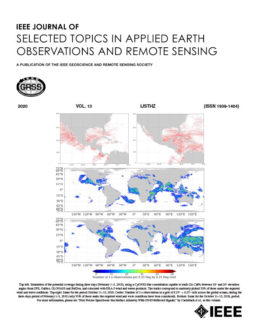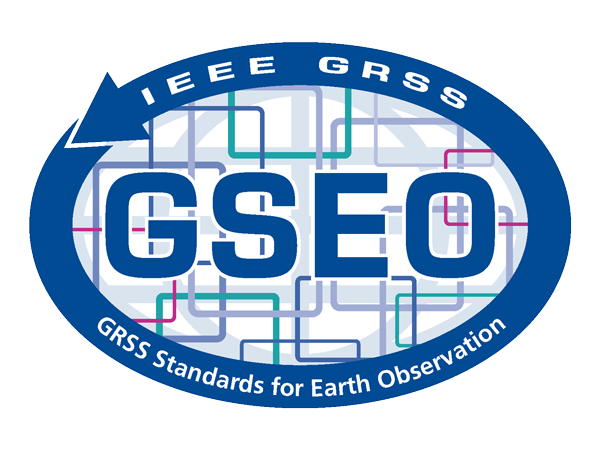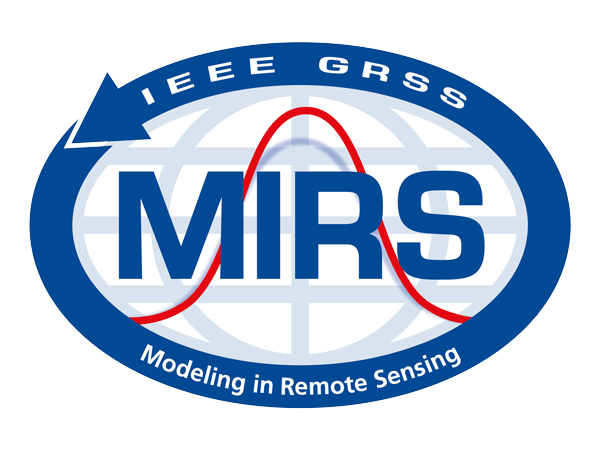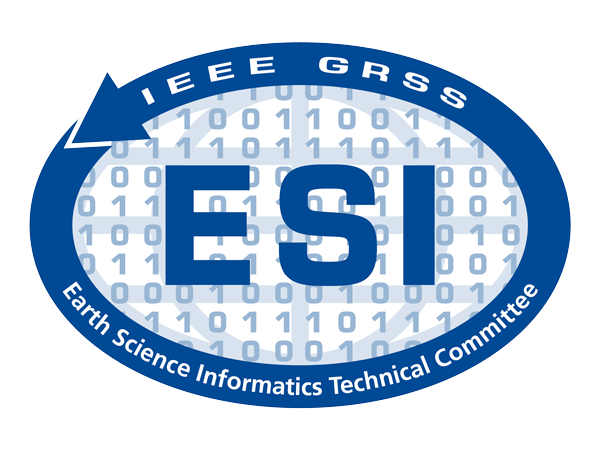- About GRSS
-
-
About Us
Membership
-
Society Operations
-
-
-
-
-
- Publications
-
- Conferences
-
-

IGARSS (the International Geoscience and Remote Sensing Symposium) is the flagship conference of the Geoscience and Remote Sensing Society...> IGARSS 2025
> Past IGARSS
> Future IGARSS
> Call for Pre-Proposals - IGARSS 2029
-
More Conferences & Events
-
-
-
- Community
-
-
Chapters
-
Groups & Initiatives
-
Distinguished Lecturers
-
-
-
-
-
-
-
- Resources
-
-
Awards
-
GRSS Webinar Program
-
Educational Resources
-
-
-
-
-
-

























